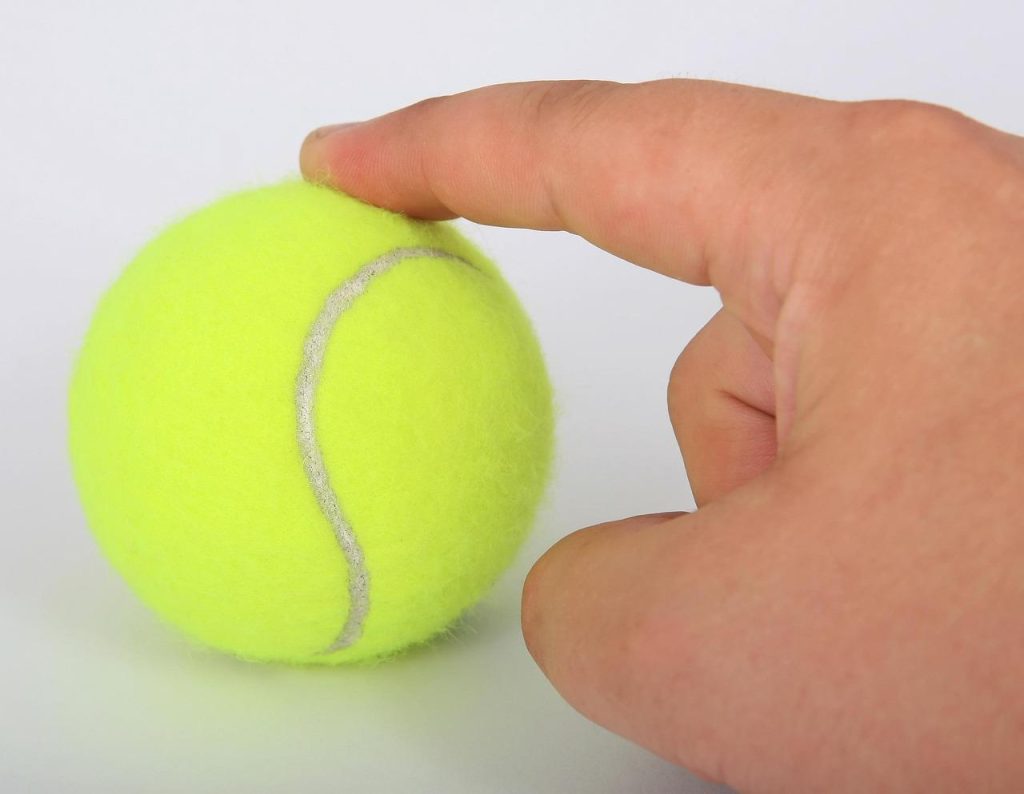In a dramatic twist at this year’s Wimbledon Championships, rising stars Alex Eala and Eva Lys saw their mixed doubles dreams come to an unexpected halt. The dynamic partnership, brimming with youthful energy and promise, faced a formidable challenge that ultimately ended their run on the prestigious grass courts. As the iconic tournament progresses, this surprising exit marks a pivotal moment for both players, underscoring the relentless competition and the fine margins that define success at tennis’s grandest stage.
Alex Eala and Eva Lys Face Early Exit at Wimbledon Doubles Highlighting Areas for Growth
Despite entering Wimbledon with high hopes, Alex Eala and Eva Lys found themselves exiting the doubles competition earlier than anticipated. Their pairing showed flashes of potential but was ultimately undone by inconsistent communication and missed opportunities on crucial points. The duo struggled with strategic positioning, often leaving gaps that their opponents readily exploited. This early elimination serves as a stark reminder that chemistry and coordination on the court require constant refinement, especially under the intense pressure unique to Grand Slam events.
Looking ahead, several key areas demand focused attention to elevate their doubles performance. Improving synchronized movement and strengthening serve-and-volley tactics should be top priorities during their training. Additionally, developing a quicker response to opponents’ shots and enhancing mental resilience will be essential to navigate the tight moments in future matches. Both Eala and Lys possess the raw talent and determination necessary to grow from this early setback, setting a foundation for deeper runs in upcoming tournaments.
- Enhance teamwork through regular practice sessions focusing on communication.
- Refine serving techniques and return strategies to gain early momentum in points.
- Build endurance and mental toughness to maintain peak performance under pressure.
Analyzing Tactical Missteps and On-Court Challenges in Eala and Lys’s Performance
Despite their undeniable skill and evident synergy on the court, Eala and Lys faced several tactical hurdles that ultimately undermined their campaign. One of the key missteps was their hesitation during critical points, which allowed their opponents to seize momentum. Instead of capitalizing on aggressive net play, the duo often defaulted to conservative baseline exchanges, giving the adversaries ample opportunity to dictate rallies. Additionally, gaps in communication led to occasional overlaps and split-second misjudgments, disrupting their rhythm and flow.
Beyond tactics, a few on-court challenges further complicated their journey. The uneven pace of their serves made it easier for opponents to anticipate returns, while their positioning in crucial moments sometimes left vulnerabilities open. The pair also struggled with adapting to their rivals’ dynamic formations, showcasing a need for heightened flexibility. Key factors that impacted their performance included:
- Lack of consistent aggression during pivotal points
- Delayed reactions to fast exchanges at the net
- Insufficient exploitation of opponent weaknesses
- Coordination lapses during intense rally situations
Together, these elements underscore the importance of strategic variation and rapid adaptability in high-stakes doubles play.
Leveraging Lessons from Wimbledon to Enhance Future Doubles Strategies
Despite the early exit from Wimbledon, Alex Eala and Eva Lys have gained invaluable insights that could transform their approach to doubles play. The intensity of Grand Slam competition shed light on the crucial need for adaptability and seamless communication under pressure. Their matches emphasized how split-second decisions at the net and strategic baseline positioning could be the difference between victory and defeat. In future tournaments, refining these skills will empower them to better anticipate opponents’ moves and capitalize on openings with greater precision.
Looking ahead, several focal points stand out as pillars for enhanced doubles strategies:
- Strengthening synergy: Developing intuitive understanding through focused drills and match simulations.
- Dynamic positioning: Mastering constant movement adjustments to cover court gaps effectively.
- Serve and return variety: Employing diverse tactics to keep opponents off-balance.
- Psychological resilience: Building mental toughness to maintain composure during clutch moments.
By integrating these learnings, Eala and Lys can forge a more cohesive partnership, sharpen their tactical arsenal, and return stronger in future doubles campaigns.
Key Recommendations for Building Synergy and Resilience in High-Stakes Matches
Achieving a harmonious partnership on the court hinges on clear communication and mutual trust. High-stakes matches leave no room for hesitation, so players must develop an intuitive understanding of each other’s playing styles and tendencies. Consistent pre-match discussions about strategies and in-the-moment adjustments create a foundation where both players operate as one, anticipating each other’s moves and staying synchronized under pressure. Cultivating this synergy extends beyond technical skills-it demands emotional intelligence and respect, encouraging resilience even when the scoreboard isn’t in your favor.
Resilience is not just about bouncing back-it’s about adapting in real-time and embracing challenges as shared opportunities. Teams that excel at this level consistently engage in mindful reflection and learning, allowing setbacks to fuel collective growth rather than division. Incorporating mental conditioning practices such as visualization, breathing techniques, and positive reinforcement helps maintain composure during critical points. Emphasizing supportive interactions in moments of adversity can transform a tough match from a discouraging loss into a valuable stepping stone toward future victories.
As the curtains fall on Alex Eala and Eva Lys’s Wimbledon doubles journey, the duo’s relentless spirit and on-court chemistry remain undeniably impressive. Though their campaign ended sooner than hoped, their performance has set a strong foundation for future Grand Slam pursuits. With talent like theirs shining through every rally and volley, tennis enthusiasts can eagerly watch for the next chapter in their promising careers. Wimbledon may have halted their progress this time, but the road ahead is wide open, full of opportunity and potential.


